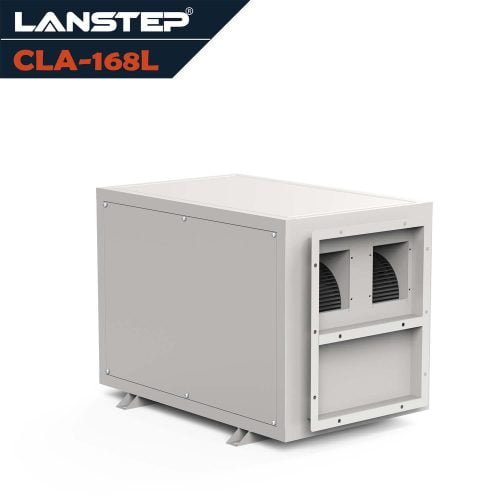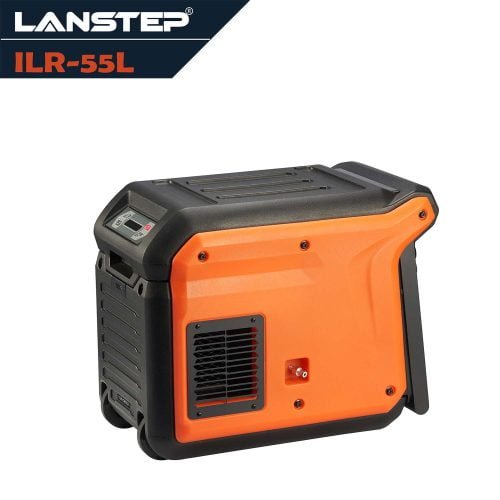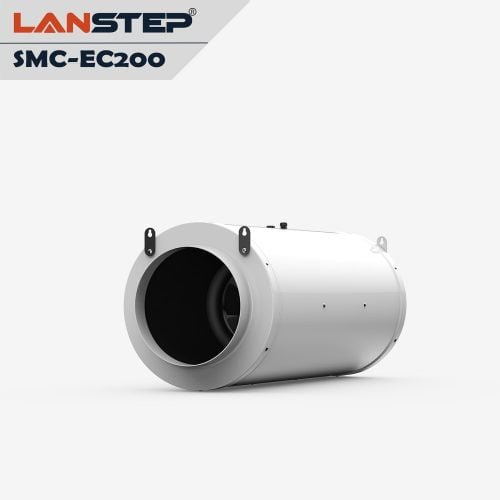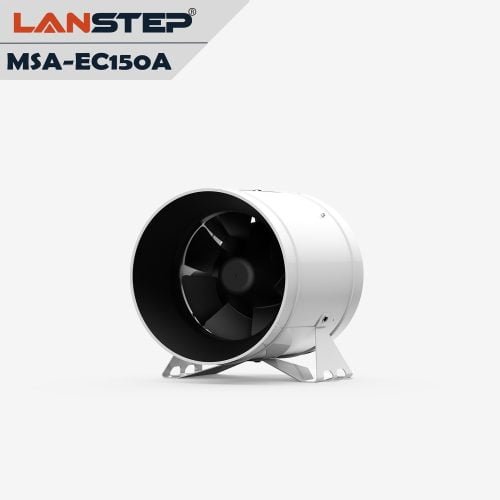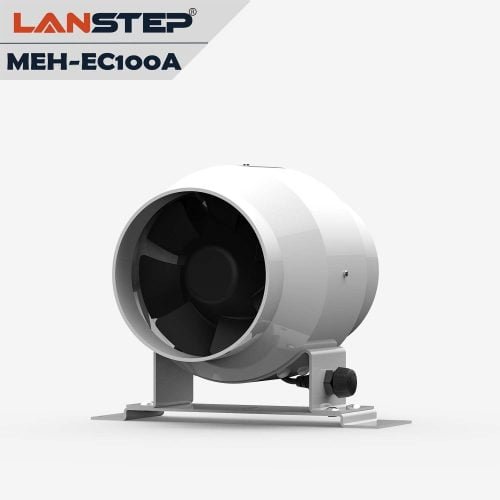Introduction
In our daily lives, the quality of indoor air is crucial for our health. Especially in modern, tightly sealed living environments, maintaining an appropriate level of indoor humidity is particularly key. Our humidity-controlled ventilation system offers an efficient solution for this. This system can monitor and regulate the humidity of indoor air, creating a more comfortable and healthier living environment. In this article, we will detail the working principles of this system and its health benefits.
Overview of Humidity-Controlled Ventilation System
Our humidity-controlled ventilation system is an advanced setup that combines modern sensor technology with air handling units. This system can not only monitor the level of indoor air humidity but also automatically adjust the ventilation volume as needed. According to “Environmental Protection Magazine,” the level of indoor air pollution can be 2 to 5 times higher than outdoors without proper ventilation. Our system significantly reduces this risk by automatically controlling indoor air humidity.
The core of the system is a control unit with humidity sensors that can monitor indoor air humidity in real time. Once it detects humidity levels beyond the set range, the system automatically activates the ventilation device, regulating the indoor environment by introducing fresh air or expelling excess moisture. This automated process ensures that indoor humidity is always maintained at the ideal level.
Air Humidity Monitoring and Regulation Mechanism
In our humidity-controlled ventilation system, the air humidity monitoring and regulation mechanism is one of the core technologies. The system’s built-in humidity sensors can accurately and real-time monitor the indoor air humidity level. As reported by the “Journal of Indoor Air Quality Research,” these sensors can detect humidity changes as small as 1%, ensuring high precision and timely response in monitoring.
When the indoor humidity exceeds or falls below the preset ideal range (usually 30%-50%), the ventilation system automatically starts or adjusts its operating mode. If the indoor humidity is too high, the system will increase ventilation, bringing in dry external air and expelling moisture; conversely, if the indoor air is too dry, the system reduces ventilation to retain indoor moisture. This dynamic adjustment not only helps maintain a constant level of humidity but is also essential for maintaining air quality and temperature balance.
Health Benefits of the Ventilation System
Maintaining an appropriate level of indoor humidity has significant health benefits. According to a study in “Environmental Health Perspectives,” proper indoor humidity helps reduce the incidence of respiratory diseases, such as asthma and allergy symptoms. This is because both excessively high and low humidity levels can aggravate respiratory diseases and skin problems.
Additionally, appropriate humidity can prevent the growth of harmful microorganisms in the air, such as mold and bacteria, which proliferate rapidly in high humidity environments. By effectively controlling humidity, our humidity-controlled ventilation system not only improves the comfort of the living environment but also greatly enhances the health level of indoor air.
Mechanical Ventilation Methods
Mechanical ventilation plays an important role in our humidity-controlled ventilation system. It not only ensures continuous air circulation but also maintains stable air quality. As reported by “Building Technology Magazine,” modern mechanical ventilation systems can achieve up to 85% thermal recovery efficiency, meaning that they can effectively maintain indoor temperature and energy utilization while ventilating.
There are two main types of mechanical ventilation: supply ventilation and exhaust ventilation. Supply ventilation systems improve indoor air quality by introducing external air, while exhaust ventilation systems focus on removing polluted indoor air. In our humidity-controlled ventilation system, these two systems are usually combined to achieve the best air regulation effect.
Duct Fans and Automatic Control

Duct fans are another key component of our humidity-controlled ventilation system. Efficient duct fans not only provide stable ventilation efficiency but are also closely integrated with the system’s automatic control unit. Some advanced models of duct fans can achieve more than 90% energy efficiency, greatly reducing operating costs and ensuring efficient system operation, as reported by “Energy Management Magazine.”
The combination of the automatic control unit and duct fans allows the system to automatically adjust fan speed based on real-time humidity data. This intelligent adjustment not only ensures constant indoor humidity but also improves overall energy efficiency. Moreover, our modern ventilation systems are equipped with remote control capabilities, allowing users to monitor and adjust system settings remotely via smart devices, further enhancing convenience and efficiency.
Choosing the Right Residential Ventilation System for Your Property
We hope this has given you a deeper understanding of how home ventilation systems play a role in improving humidity control, air quality, comfort, and sustainability in the next generation of properties. Now is the time to invest in this technology and find the best product for your next construction or renovation project.
LANSTEP is a global leader in robust, reliable, and sustainable climate control solutions. With over 10 years of experience, our residential ventilation systems, such as the SMC Quiet Inline Duct Fan, can efficiently and effectively supply air to global locations. But that’s not all – homeowners around the world use LANSTEP ventilation devices because our technology is:
- Highly Energy Efficient: LANSTEP air ventilation devices are among the most energy-efficient on the market today. For this, our devices are equipped with low-energy EC fans and many built-in sensors and software features to help reduce power consumption during off-peak periods.
- Configurable to Your Environment: To further enhance our residential ventilation devices, many of our units can be fitted with the latest generation of inline duct fans, such as the SMC series. This technology can regulate both heat and humidity; crucially, too much dry air can cause sore throats, itchy eyes, or dermatitis.
- Durable and Easy to Maintain: We understand how important consistency and continuity are for your business and the comfort of your residents. Therefore, our solutions can operate effectively throughout the year.
For more information about our residential indoor climate control solutions, please feel free to contact our team using the form below.




